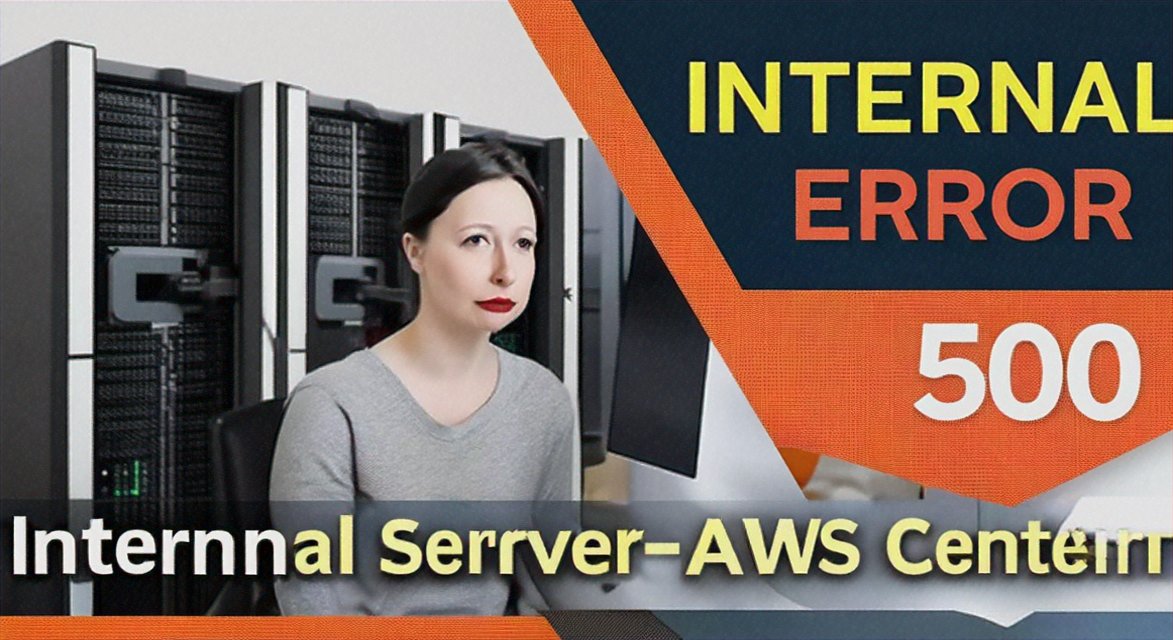Optimizing Your AWS API Gateway to Avoid 500 Internal Server Errors 🌐

In the world of cloud computing, AWS API Gateway is a powerful tool that allows developers to create, publish, maintain, and secure APIs at any scale. However, even with its robust features, encountering a 500 Internal Server Error can be a frustrating experience. This error indicates that the server encountered an unexpected condition that prevented it from fulfilling the request. In this article, we will delve into the common causes of 500 Internal Server Errors in AWS API Gateway and provide actionable strategies to optimize your setup and avoid these errors.
Understanding the 500 Internal Server Error 🧐
Before we dive into the optimization techniques, it's essential to understand what a 500 Internal Server Error means. This error is a generic error message that can be caused by various issues within the server. In the context of AWS API Gateway, it can be triggered by several factors, such as:
- Invalid API Configuration: Incorrectly configured endpoints, methods, or integration responses can lead to this error.
- Resource Limitations: Exceeding the API Gateway's resource limits, such as the number of methods, stages, or integration responses, can cause this error.
- Timeouts: Long-running or resource-intensive operations can exceed the API Gateway's timeout settings, resulting in a 500 error.
- Third-Party Service Failures: If your API interacts with external services, a failure in those services can propagate as a 500 error.
Identifying the Root Cause 🕵️♂️
To effectively optimize your AWS API Gateway and avoid 500 Internal Server Errors, you need to identify the root cause of the error. Here are some steps you can follow:
- Check API Configuration: Review your API's configuration, including endpoints, methods, and integration responses. Ensure that they are correctly defined and that there are no typos or syntax errors.
- Monitor Resource Usage: Keep an eye on your API Gateway's resource usage, such as the number of methods, stages, and integration responses. If you're approaching the resource limits, consider optimizing your API or upgrading your plan.
- Analyze Logs: Use AWS CloudWatch to analyze your API Gateway logs. Look for patterns or specific error messages that can help you identify the root cause.
- Test Endpoints: Test your API endpoints using tools like Postman or cURL to ensure they are functioning correctly.
Optimizing Your AWS API Gateway 🚀
Once you've identified the root cause of the 500 Internal Server Error, you can take the following steps to optimize your AWS API Gateway:
- Refactor Your API: If your API is complex, consider refactoring it to simplify the architecture and reduce the chances of errors.
- Implement Caching: Use caching to reduce the load on your API and improve response times. AWS API Gateway supports caching at the stage level.
- Use Lambda Proxy Integration: Lambda Proxy Integration allows you to offload the request handling to AWS Lambda, which can help you manage long-running or resource-intensive operations.
- Set Appropriate Timeout Values: Configure the timeout settings for your API Gateway to ensure that it doesn't exceed the maximum allowed time for processing requests.
- Monitor and Alert: Set up monitoring and alerting for your API Gateway using AWS CloudWatch and other tools to detect and respond to errors quickly.
Conclusion 📚
Optimizing your AWS API Gateway to avoid 500 Internal Server Errors requires a combination of thorough analysis, proactive monitoring, and strategic optimization. By following the steps outlined in this article, you can improve the reliability and performance of your API Gateway and provide a better experience for your users.
References
- "AWS API Gateway: Overview." AWS Documentation
- "How to Set Up AWS API Gateway with Lambda." AWS Documentation
- "AWS CloudWatch: Overview." AWS Documentation
- "AWS Lambda: Overview." AWS Documentation
- "AWS API Gateway: Pricing." AWS Pricing
🔗 AWS API Gateway 🔗 AWS Lambda 🔗 AWS CloudWatch 🔗 AWS Pricing 🔗 AWS Documentation

